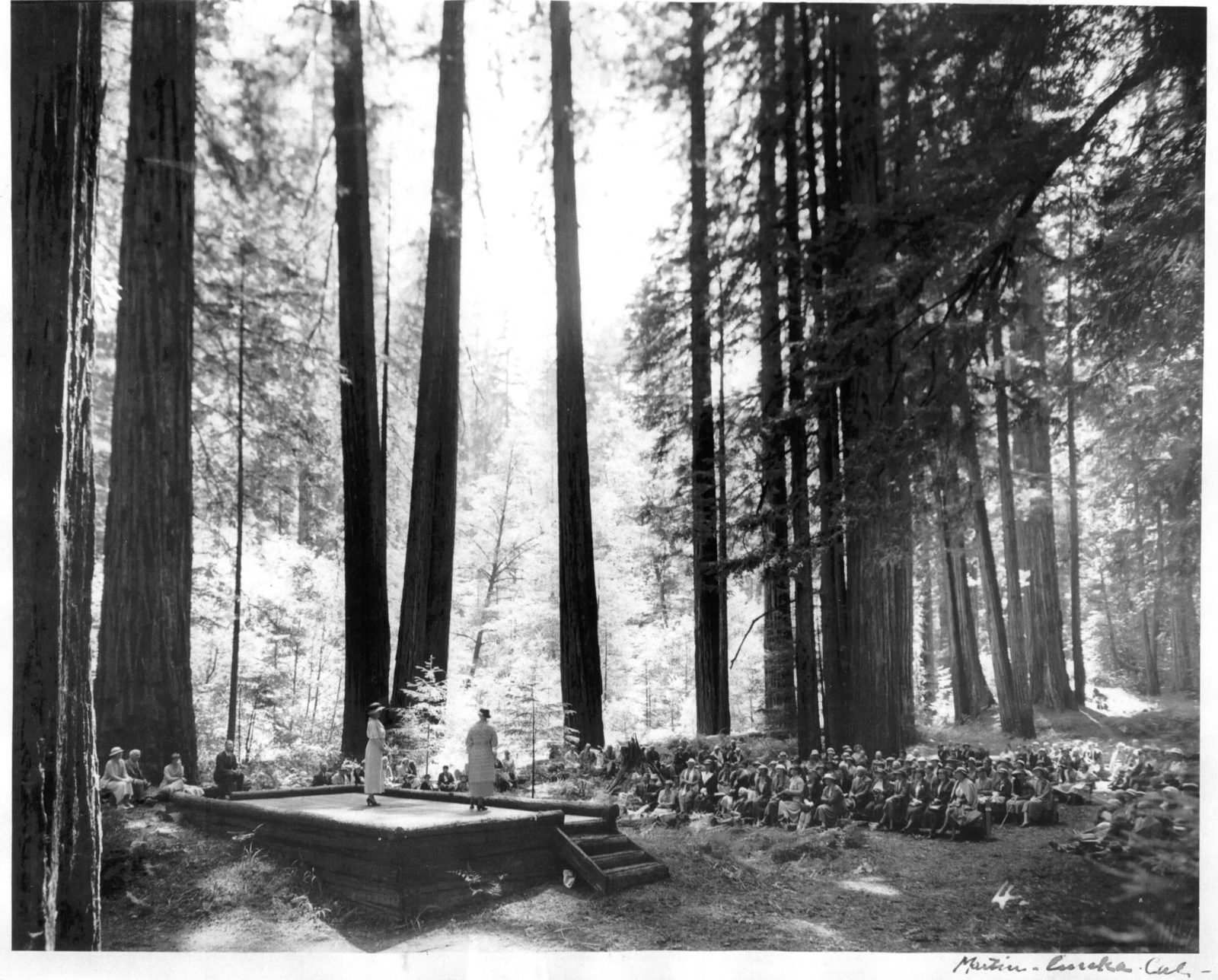Comprehensive Chesapeake Bay Datasets Advance Sustainable Development Goals
Introduction to Updated Data Releases
On June 26, 2025, the Chesapeake Bay Program unveiled its most detailed datasets to date, including updated High-Resolution Land Use/Land Cover Data and Change Data, alongside new Hyper-Resolution Hydrography Data. These datasets cover the Chesapeake Bay watershed’s 99,000 square miles, providing critical information for land management and waterway restoration efforts. The data are publicly accessible via the U.S. Geological Survey ScienceBase-Catalog.
Dataset Details and Their Role in Sustainable Development
- High-Resolution Land Use/Land Cover Data
- Coverage: Years 2013/2014, 2017/2018, and 2021/2022
- Resolution: 1-meter mapping of 56 land-use categories such as forests, croplands, and roads
- Accuracy: 95%
- Application: Enables targeted restoration strategies by planners and conservation groups
- Land Use/Land Cover Change Data
- Tracks development, agriculture, and natural landscape changes over the same periods
- Accuracy: 96% capture, 77% precision
- Supports policies balancing economic growth with environmental health
- Hyper-Resolution Hydrography Data
- Maps over twice the stream channel miles compared to previous national data
- Accuracy: 94% for known streams, 67–82% for newly identified streams
- Details stream locations, dimensions, and connectivity
- Supports flood control, fish passage, stream restoration, and pollutant management
Alignment with Sustainable Development Goals (SDGs)
- SDG 6: Clean Water and Sanitation – The datasets enable precise water quality management and pollutant reduction strategies.
- SDG 11: Sustainable Cities and Communities – Data supports infrastructure planning for flood mitigation and habitat conservation.
- SDG 13: Climate Action – Facilitates restoration efforts that enhance ecosystem resilience to climate impacts.
- SDG 15: Life on Land – Enables identification of reforestation and habitat protection opportunities.
- SDG 17: Partnerships for the Goals – Open-source data fosters collaboration among government agencies, academic institutions, and conservation organizations.
Expert Insights on Data Impact
Peter Claggett, research geographer with the U.S. Geological Survey and lead of the Chesapeake Bay Program Land Data Team, emphasized the foundational and transformative nature of the data for environmental restoration and conservation. The datasets provide authoritative, accurate, and transparent information, enabling restoration opportunities at local scales including farms, forests, and developments.
Matthew Baker, Ph.D., professor at the University of Maryland, Baltimore County, highlighted the datasets’ role in accelerating environmental monitoring and expanding understanding of both natural and built environments, which is vital for informed decision-making.
Michael Evans, Ph.D., deputy director at the Chesapeake Conservancy’s Conservation Innovation Center, noted that the hyper-resolution hydrography data reveal previously unmapped headwater streams critical for linking land conditions to Bay water quality, thus transforming management and restoration approaches.
Applications and Benefits for Stakeholders
- Local Governments: Plan infrastructure improvements such as fish passage culverts and flood mitigation systems.
- Conservation Groups: Prioritize land acquisitions and easements based on detailed habitat and waterway data.
- Community Planners: Utilize data for sustainable land use planning and environmental assessments.
- Policy Makers: Evaluate and forecast environmental policies with unprecedented precision.
Support for Chesapeake Bay Watershed Agreement and Environmental Goals
The datasets directly support the Chesapeake Bay Watershed Agreement and Total Maximum Daily Load planning by helping jurisdictions meet pollutant reduction targets. Collaborative efforts among the Chesapeake Conservancy, U.S. Geological Survey, University of Vermont Spatial Analysis Lab, U.S. Environmental Protection Agency, and University of Maryland, Baltimore County ensure the data’s quality and accessibility.
Since its establishment in 1983, the Chesapeake Bay Program has championed data-driven restoration. The 2014 Watershed Agreement’s ambitious goals for water quality, habitat restoration, and land conservation are now better supported through these advanced datasets, empowering stakeholders to make informed decisions that promote the Bay’s long-term health and sustainability.
1. Sustainable Development Goals (SDGs) Addressed or Connected
- SDG 6: Clean Water and Sanitation
- The article discusses water quality improvement and pollutant management in the Chesapeake Bay watershed.
- SDG 11: Sustainable Cities and Communities
- Land use planning and infrastructure improvements such as flood mitigation and fish passage culverts are highlighted.
- SDG 13: Climate Action
- Restoration efforts including reforestation and flood control contribute to climate resilience.
- SDG 15: Life on Land
- Focus on forest cover, land conservation, habitat restoration, and tracking land-use changes.
2. Specific Targets Under Those SDGs Identified
- SDG 6 Targets
- 6.3: Improve water quality by reducing pollution and minimizing release of hazardous chemicals.
- 6.6: Protect and restore water-related ecosystems, including wetlands and rivers.
- SDG 11 Targets
- 11.3: Enhance inclusive and sustainable urbanization and capacity for participatory planning.
- 11.5: Reduce the impact of disasters including floods through improved infrastructure.
- SDG 13 Targets
- 13.1: Strengthen resilience and adaptive capacity to climate-related hazards.
- SDG 15 Targets
- 15.1: Ensure conservation, restoration, and sustainable use of terrestrial ecosystems.
- 15.2: Promote sustainable management of forests and halt deforestation.
3. Indicators Mentioned or Implied to Measure Progress
- Land Use/Land Cover Data Accuracy and Coverage
- 1-meter resolution mapping with 95% accuracy for land-use types and 96% capture accuracy for land cover changes.
- Tracking changes in forests, croplands, roads, and impervious surfaces over multiple time periods.
- Hydrography Data Metrics
- Stream channel miles mapped, with 94% accuracy for known streams and 67–82% for previously unmapped streams.
- Measurements of stream locations, dimensions, and connectivity.
- Pollutant Reduction and Water Quality Indicators
- Support for Total Maximum Daily Load (TMDL) planning to meet pollutant reduction goals.
- Restoration and Conservation Targeting
- Identification of areas for reforestation, stream buffer enhancements, and habitat conservation.
4. Table of SDGs, Targets, and Indicators
| SDGs | Targets | Indicators |
|---|---|---|
| SDG 6: Clean Water and Sanitation |
|
|
| SDG 11: Sustainable Cities and Communities |
|
|
| SDG 13: Climate Action |
|
|
| SDG 15: Life on Land |
|
|
Source: southernmarylandchronicle.com







